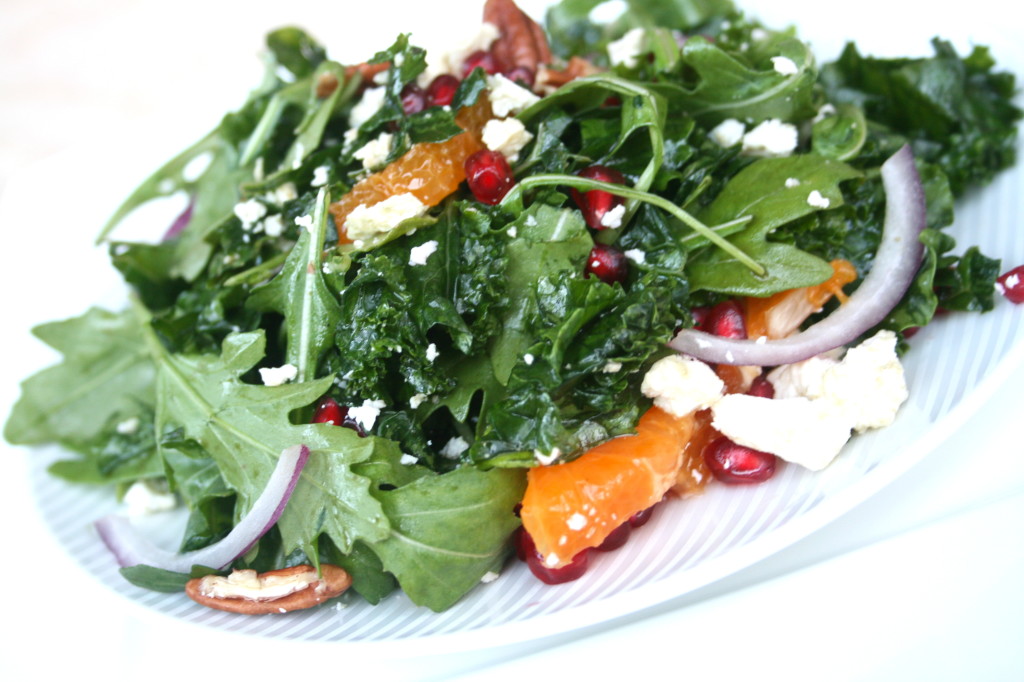 Kale is so hardy, it’s one of the very few vegetables that can survive through frosts. This is great for farmers and gardeners but it’s dense fibrousness can be found unappealing. The secret to softening kale up is to massage it. Literally… you add some oil and a pinch of sea salt and massage it with a hand or two until it softens and decreases to about half its original size. Most leafy greens don’t last long, becoming slimy, once they come into contact with dressing, massaged kale however will last for a day or two so you can make extra and have easy left overs for lunch the next day. Continue Reading →
Kale is so hardy, it’s one of the very few vegetables that can survive through frosts. This is great for farmers and gardeners but it’s dense fibrousness can be found unappealing. The secret to softening kale up is to massage it. Literally… you add some oil and a pinch of sea salt and massage it with a hand or two until it softens and decreases to about half its original size. Most leafy greens don’t last long, becoming slimy, once they come into contact with dressing, massaged kale however will last for a day or two so you can make extra and have easy left overs for lunch the next day. Continue Reading →
Salmon with Noodles and Zoodles
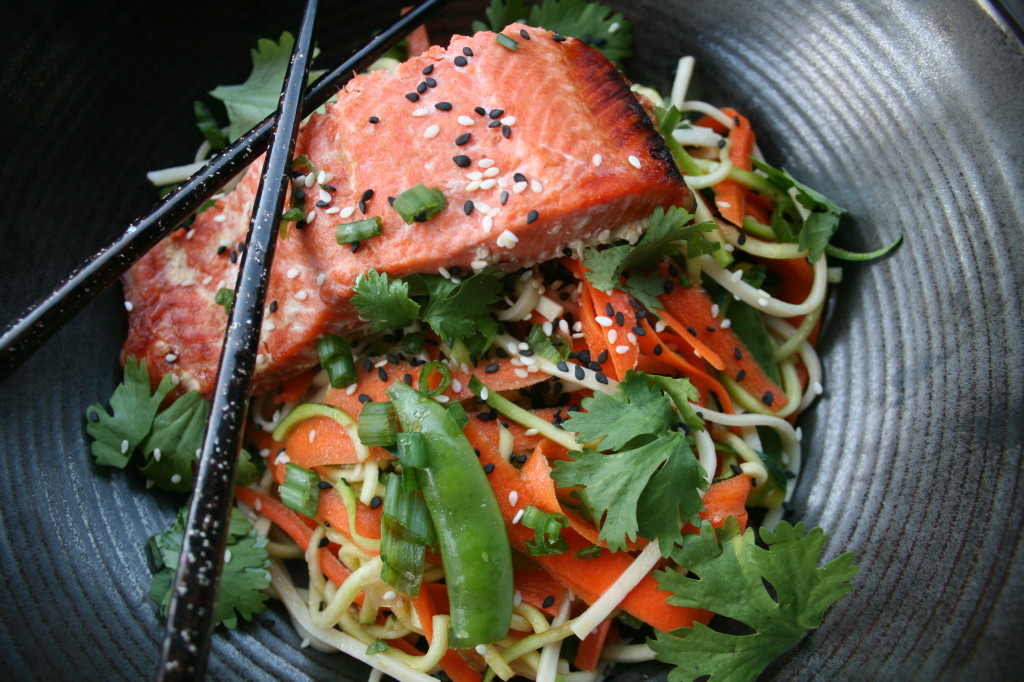 This is a very clean, light and healthy dish with every ingredient being high in cleansing or nourishing ingredients. I really like to mix long noodles with thinly cut vegetables, the dish is still hearty but full of extra vitamins, minerals and antioxidants. Generally we think of salad as being a good way to lighten up our diets, and while that is true we benefit from more grounding, warmer foods in the winter. Adding the vegetables to the noodles after they are cooked but still warm is one of my tricks for getting lightly cooked vegetables. If they are overcooked or boiled in water they start losing nutrients and if they are sautéed or roasted then extra butter or oil is needed. This does what steaming does (without having to get an extra pot out)- it ensures that the vegetables are maintaining their nutrients but the light cooking makes them easier to digest and more appealing and comforting in this frigid weather. Continue Reading →
This is a very clean, light and healthy dish with every ingredient being high in cleansing or nourishing ingredients. I really like to mix long noodles with thinly cut vegetables, the dish is still hearty but full of extra vitamins, minerals and antioxidants. Generally we think of salad as being a good way to lighten up our diets, and while that is true we benefit from more grounding, warmer foods in the winter. Adding the vegetables to the noodles after they are cooked but still warm is one of my tricks for getting lightly cooked vegetables. If they are overcooked or boiled in water they start losing nutrients and if they are sautéed or roasted then extra butter or oil is needed. This does what steaming does (without having to get an extra pot out)- it ensures that the vegetables are maintaining their nutrients but the light cooking makes them easier to digest and more appealing and comforting in this frigid weather. Continue Reading →
Santa Strawberries and Cream
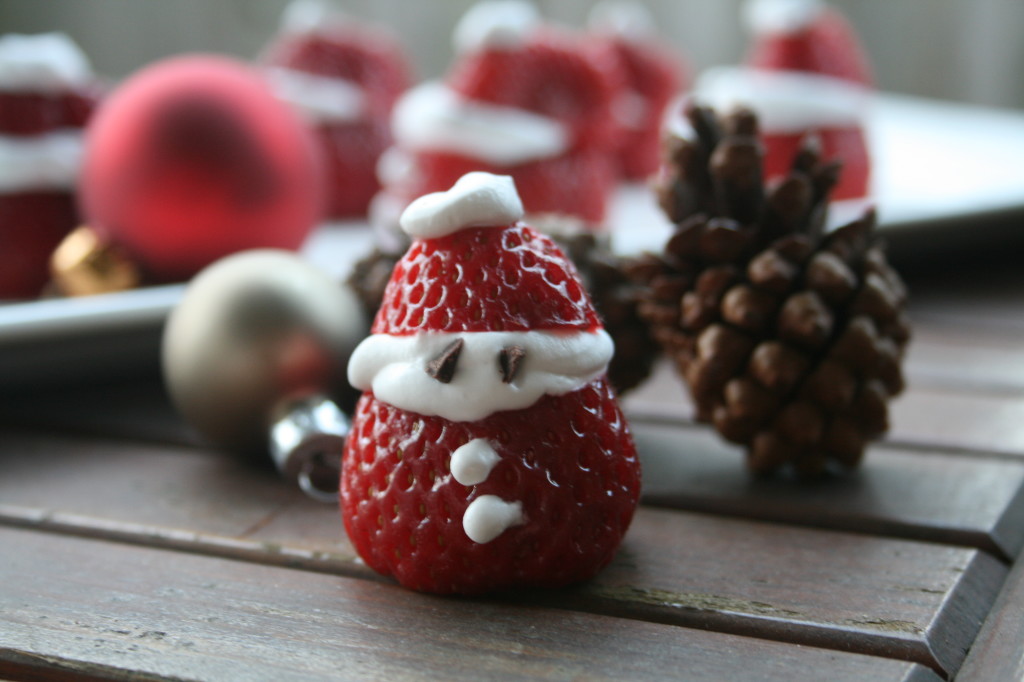 Coconut is a surprisingly versatile plant, from it we can derive sugar, flour, electrolyte rich water, milk and the fruit flesh itself either fresh or dried. Best of all, we can make it into whipped cream. Cans of full fat coconut milk separate into coconut cream and coconut water, the trick is to chill it in the fridge so that the cream part hardens up at the top of the can and becomes easy to separate from the coconut water. Continue Reading →
Coconut is a surprisingly versatile plant, from it we can derive sugar, flour, electrolyte rich water, milk and the fruit flesh itself either fresh or dried. Best of all, we can make it into whipped cream. Cans of full fat coconut milk separate into coconut cream and coconut water, the trick is to chill it in the fridge so that the cream part hardens up at the top of the can and becomes easy to separate from the coconut water. Continue Reading →
Mini Chocolate Peanut Butter Cups
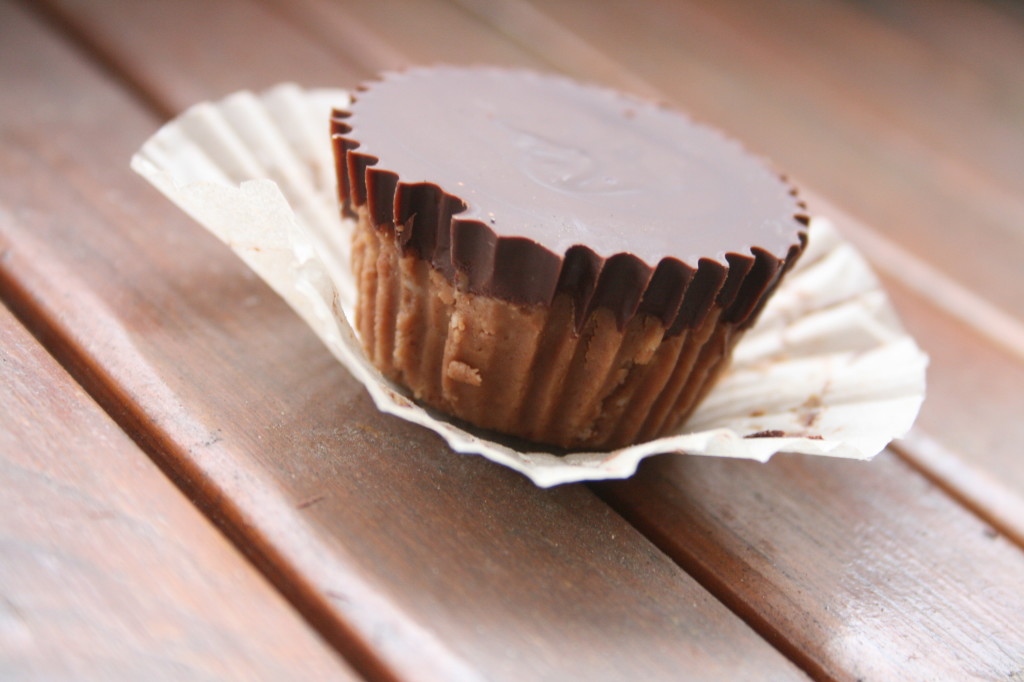 One of my first choice for treats is the dark chocolate peanut butter cups from the Rocky Mountain Chocolate Factory but they are huge and not the kind of thing you only eat part of and save for later, so I made these mini ones to keep my indulgences in check. These are very easy to make, require only a few ingredients and do not require any baking. Chocolate and peanut butter is a pretty classic combination but almond or any other nut butter would work just as well. Continue Reading →
One of my first choice for treats is the dark chocolate peanut butter cups from the Rocky Mountain Chocolate Factory but they are huge and not the kind of thing you only eat part of and save for later, so I made these mini ones to keep my indulgences in check. These are very easy to make, require only a few ingredients and do not require any baking. Chocolate and peanut butter is a pretty classic combination but almond or any other nut butter would work just as well. Continue Reading →
Poached Eggs on Avocado Toast
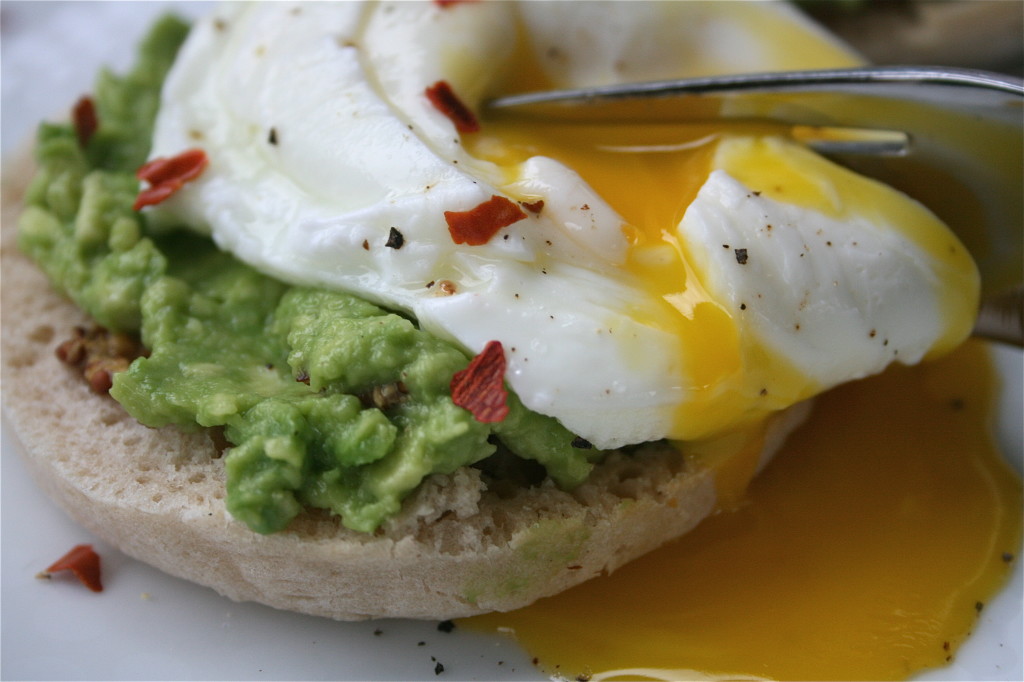 Avocado on toast has become quite a food celebrity, endorsed by human celebrities and healthy foodies far and wide. If you are not yet on the bandwagon I suggest you give this a try, and if you’ve “been there, done that” it can be brand new again with some additional toppings. Continue Reading →
Avocado on toast has become quite a food celebrity, endorsed by human celebrities and healthy foodies far and wide. If you are not yet on the bandwagon I suggest you give this a try, and if you’ve “been there, done that” it can be brand new again with some additional toppings. Continue Reading →
Homemade Ferrero Rocher
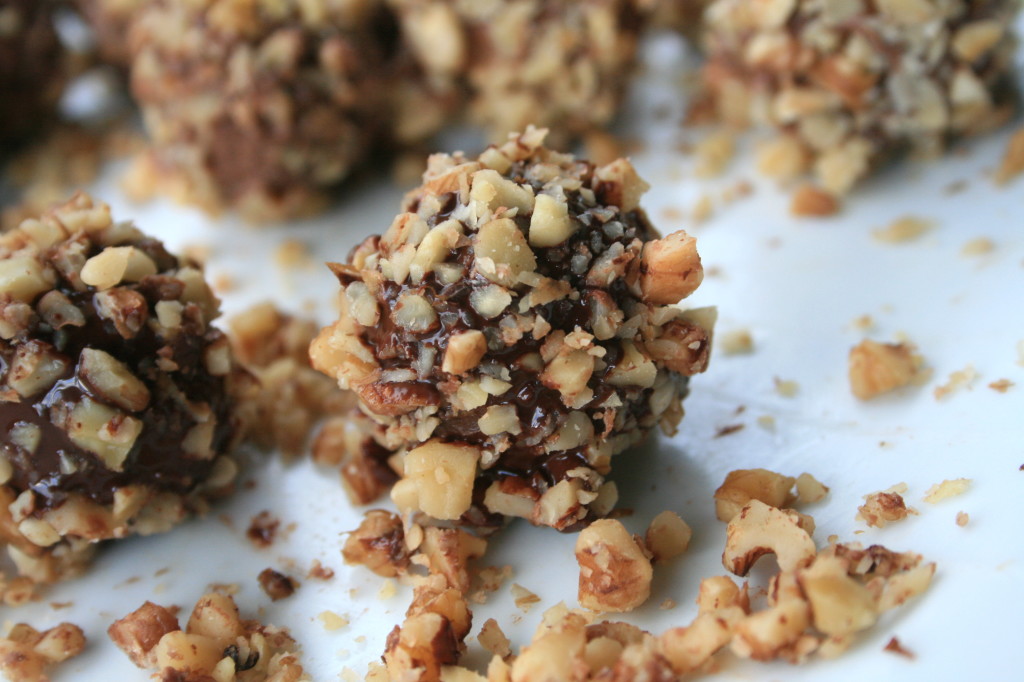 One of my brother’s favorite treats is Ferrero Rocher so I wanted to try making a homemade version with clean and simple ingredients. He has a major sweet tooth so I wanted to make sure these fulfilled that but could also sneak some nutrients into him. I said to use dark chocolate in the recipe below because it’s a bit healthier and I made a couple for myself with it and they turned out well. For the majority of them I used milk chocolate instead because it makes them taste more like actual Ferrero Rochers and my brother doesn’t like dark chocolate, I have to accept that I have to take baby steps with him (last time I saw him make himself lunch it was a white bread sandwich with Nutella and three Oreos on the side)- so that is an option for pickier eaters. Continue Reading →
One of my brother’s favorite treats is Ferrero Rocher so I wanted to try making a homemade version with clean and simple ingredients. He has a major sweet tooth so I wanted to make sure these fulfilled that but could also sneak some nutrients into him. I said to use dark chocolate in the recipe below because it’s a bit healthier and I made a couple for myself with it and they turned out well. For the majority of them I used milk chocolate instead because it makes them taste more like actual Ferrero Rochers and my brother doesn’t like dark chocolate, I have to accept that I have to take baby steps with him (last time I saw him make himself lunch it was a white bread sandwich with Nutella and three Oreos on the side)- so that is an option for pickier eaters. Continue Reading →
Fresh Yam Spring Rolls
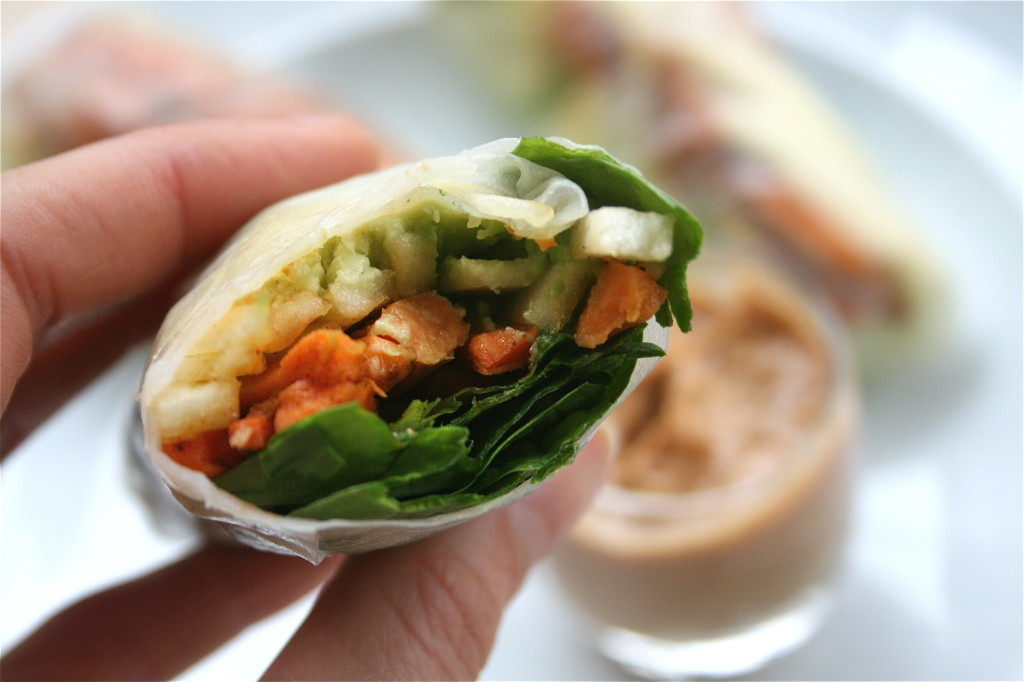 If you think that fresh, non-deep fried spring rolls look kind of gross and potentially slimy, I get you. I have watched friends snack on these for years without any desire to try them myself, even though they are a very versatile way to eat more vegetables and use up scraps and leftovers. Then, the other day in the grocery store I saw the wrappers and had an uncontrollable urge to try them. Since there is pretty much no healthy food that I don’t like I realized my affront to these is probably unwarranted. Well, they turned out to be ever better than I expected! Continue Reading →
If you think that fresh, non-deep fried spring rolls look kind of gross and potentially slimy, I get you. I have watched friends snack on these for years without any desire to try them myself, even though they are a very versatile way to eat more vegetables and use up scraps and leftovers. Then, the other day in the grocery store I saw the wrappers and had an uncontrollable urge to try them. Since there is pretty much no healthy food that I don’t like I realized my affront to these is probably unwarranted. Well, they turned out to be ever better than I expected! Continue Reading →
Pear Polenta Squares
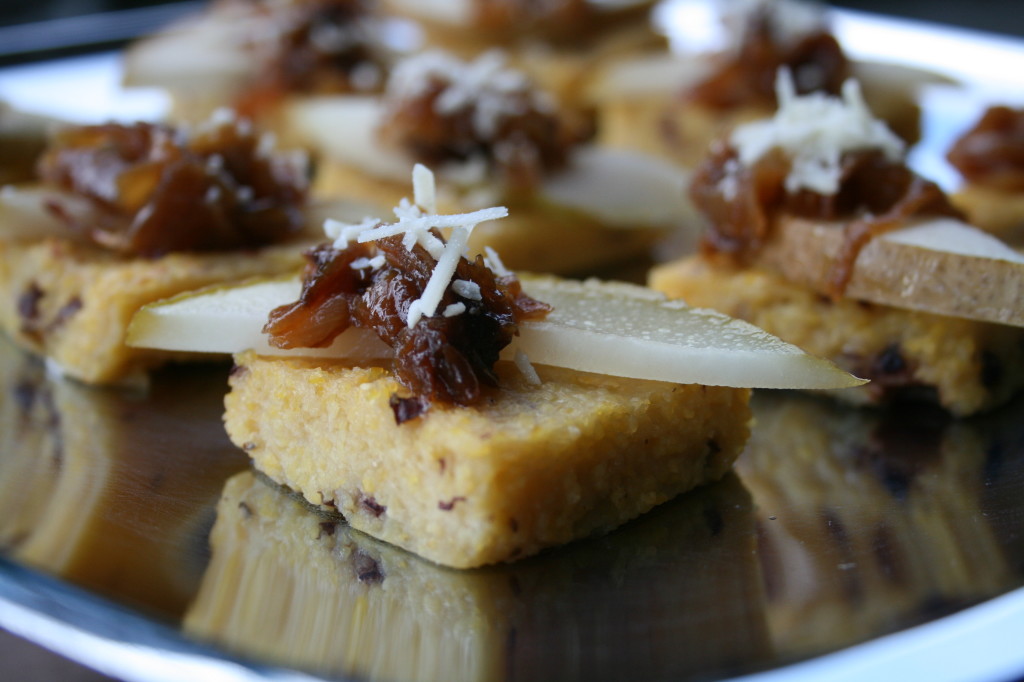 Polenta is a hearty dish made from cornmeal (ground corn) that thickens up to a consistency similar to porridge. From there any flavorings can be added and then if it has some time to set in the refrigerator it will firm up and become quite dense. Then it can be sliced and baked or grilled and used as a base in place of bread or crackers. Polenta hails originally from Northern Italy where it was a staple dish among the poorer classes but on this side of the ocean it is considered a more fancy foodie option. Polenta is mainly composed of complex carbohydrates with lots of fiber and iron and it has very little fat, making it a healthy substitute for the more processed and refined breads used in appetizers like this. Plus, its nutrient profile balances out the richer food usually served this time of year. Continue Reading →
Polenta is a hearty dish made from cornmeal (ground corn) that thickens up to a consistency similar to porridge. From there any flavorings can be added and then if it has some time to set in the refrigerator it will firm up and become quite dense. Then it can be sliced and baked or grilled and used as a base in place of bread or crackers. Polenta hails originally from Northern Italy where it was a staple dish among the poorer classes but on this side of the ocean it is considered a more fancy foodie option. Polenta is mainly composed of complex carbohydrates with lots of fiber and iron and it has very little fat, making it a healthy substitute for the more processed and refined breads used in appetizers like this. Plus, its nutrient profile balances out the richer food usually served this time of year. Continue Reading →
Maple Walnut Crusted Salmon
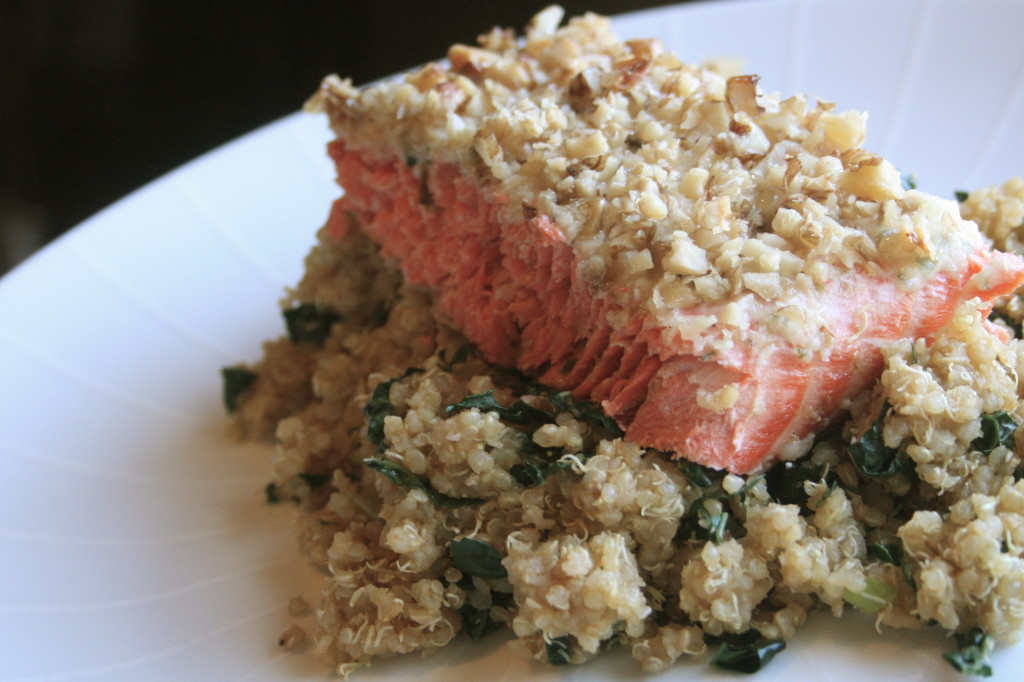 Walnuts and salmon are both individually famous for their high levels of omega-3 fatty acids but go quite nicely together. There are three types of omega-3s, the first two known as DHA and EPA are both in salmon (and in other cold water fish) and the third type called ALA is in walnuts (and other plant sources like seeds). Some of the omega-3s’ most valuable contributions to our bodies are the anti-inflammatory, healing effect they have on our cells, their ability to lower blood lipid (fat) levels and their ability to increase HDL cholesterol, which is the good type that benefits us. Continue Reading →
Walnuts and salmon are both individually famous for their high levels of omega-3 fatty acids but go quite nicely together. There are three types of omega-3s, the first two known as DHA and EPA are both in salmon (and in other cold water fish) and the third type called ALA is in walnuts (and other plant sources like seeds). Some of the omega-3s’ most valuable contributions to our bodies are the anti-inflammatory, healing effect they have on our cells, their ability to lower blood lipid (fat) levels and their ability to increase HDL cholesterol, which is the good type that benefits us. Continue Reading →
Coconut Snowballs
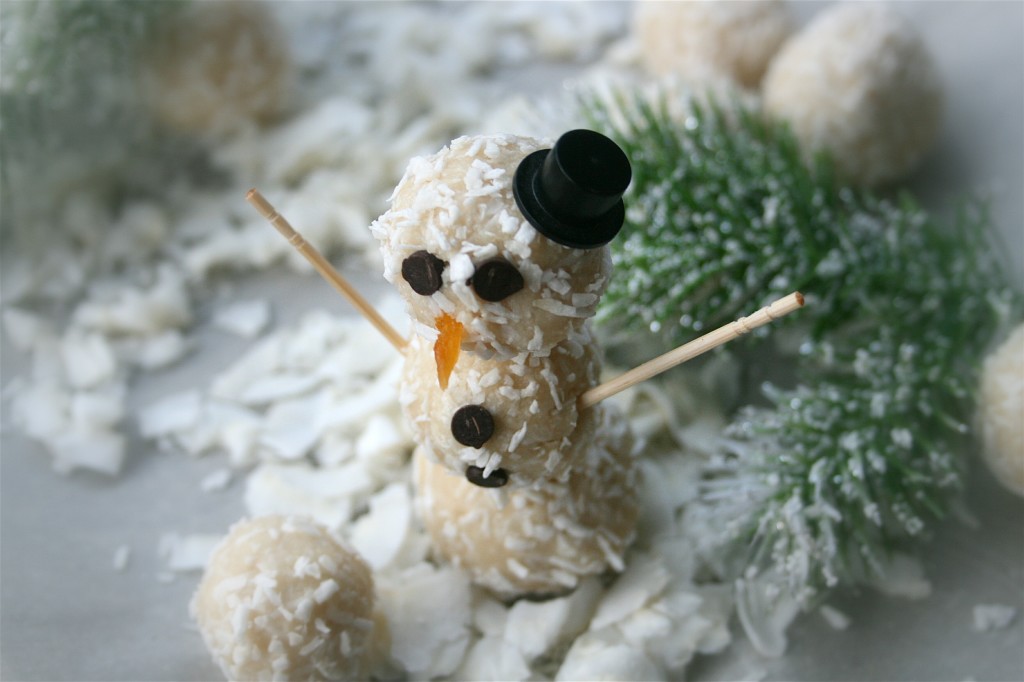 These no bake treats offer a lot of flavor in a small package. Coconut is mostly fat with some carbs and a bit of protein; the fat in coconut, unlike in the vast majority of plants, is mostly saturated. Here’s where it gets complicated- saturated fat is not bad, in fact it is necessary because we do need it to make cholesterol to make hormones that keep our metabolism and everything else balanced and in working order. The trick is we do not need too much of it, so no, unfortunately that 36 ounce steak does not get a free pass. Saturated fats get even more complicated when we break down the different types. There is one type in particular, which makes up a large percentage of coconuts’ fat called lauric acid and it is special and beneficial because it has antifungal, antimicrobial, antiprotozoal and antiviral properties. Continue Reading →
These no bake treats offer a lot of flavor in a small package. Coconut is mostly fat with some carbs and a bit of protein; the fat in coconut, unlike in the vast majority of plants, is mostly saturated. Here’s where it gets complicated- saturated fat is not bad, in fact it is necessary because we do need it to make cholesterol to make hormones that keep our metabolism and everything else balanced and in working order. The trick is we do not need too much of it, so no, unfortunately that 36 ounce steak does not get a free pass. Saturated fats get even more complicated when we break down the different types. There is one type in particular, which makes up a large percentage of coconuts’ fat called lauric acid and it is special and beneficial because it has antifungal, antimicrobial, antiprotozoal and antiviral properties. Continue Reading →
